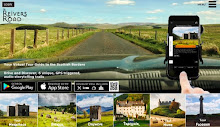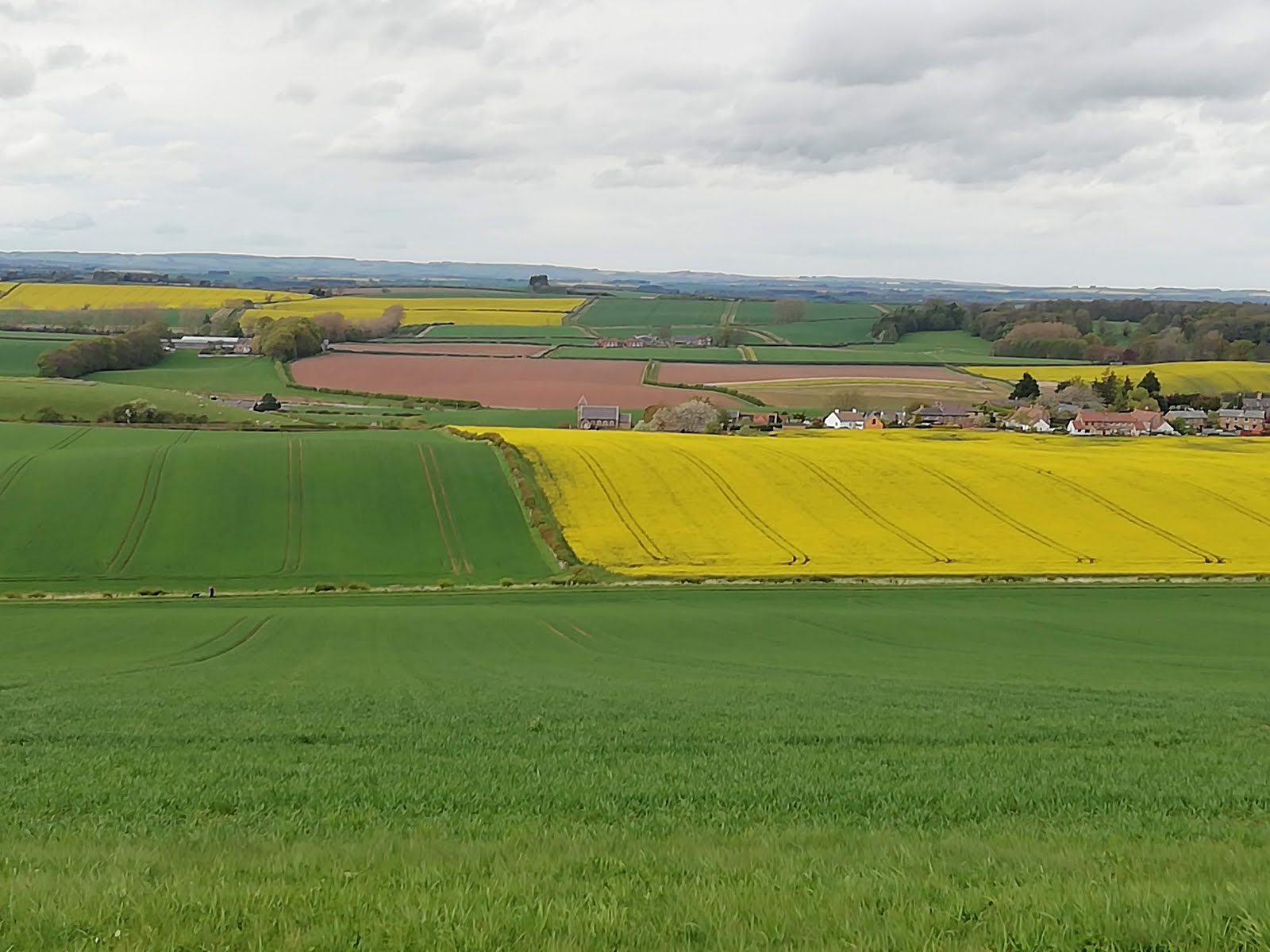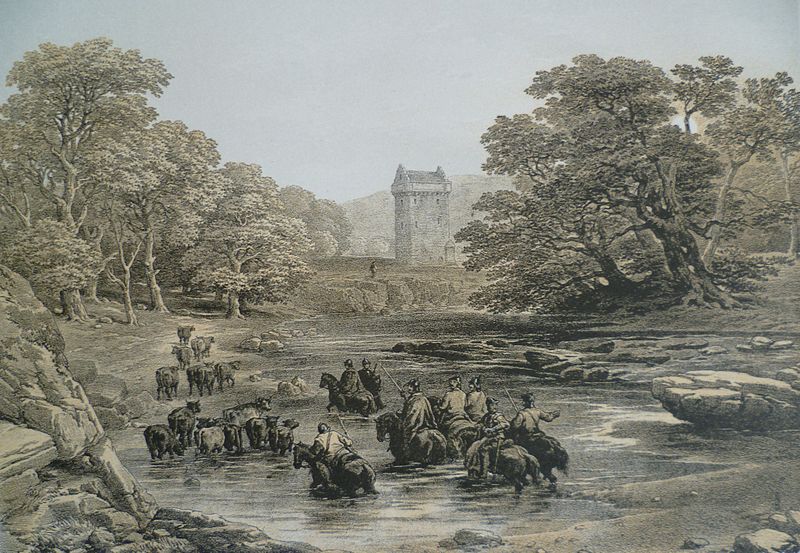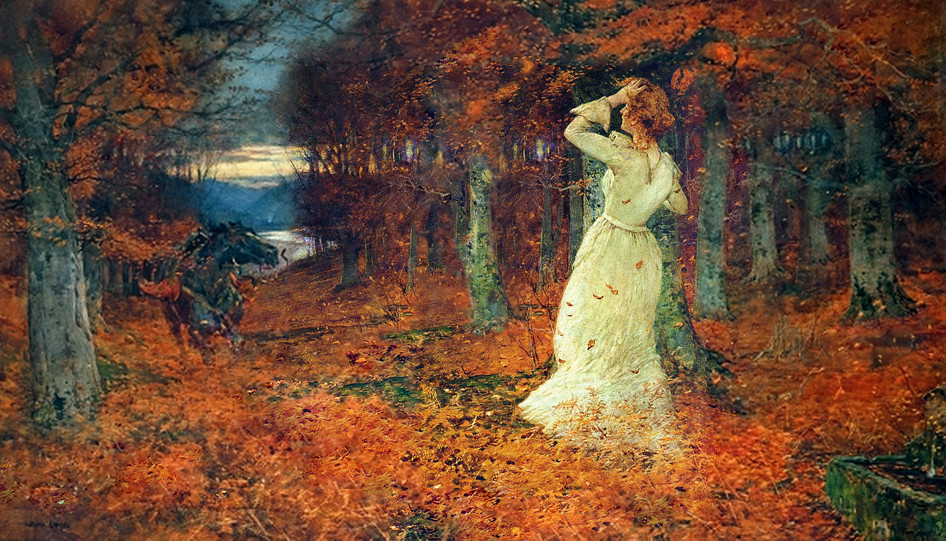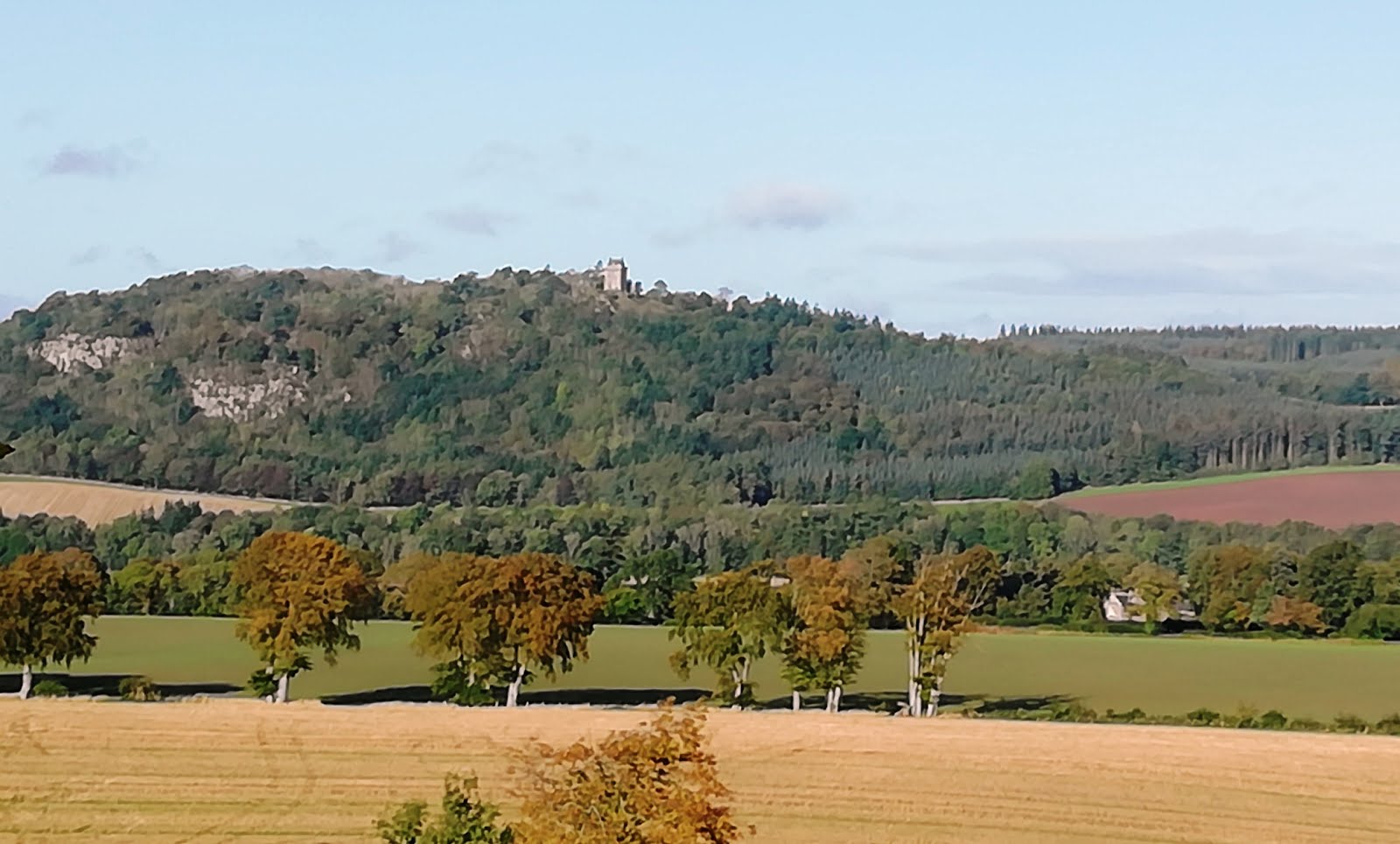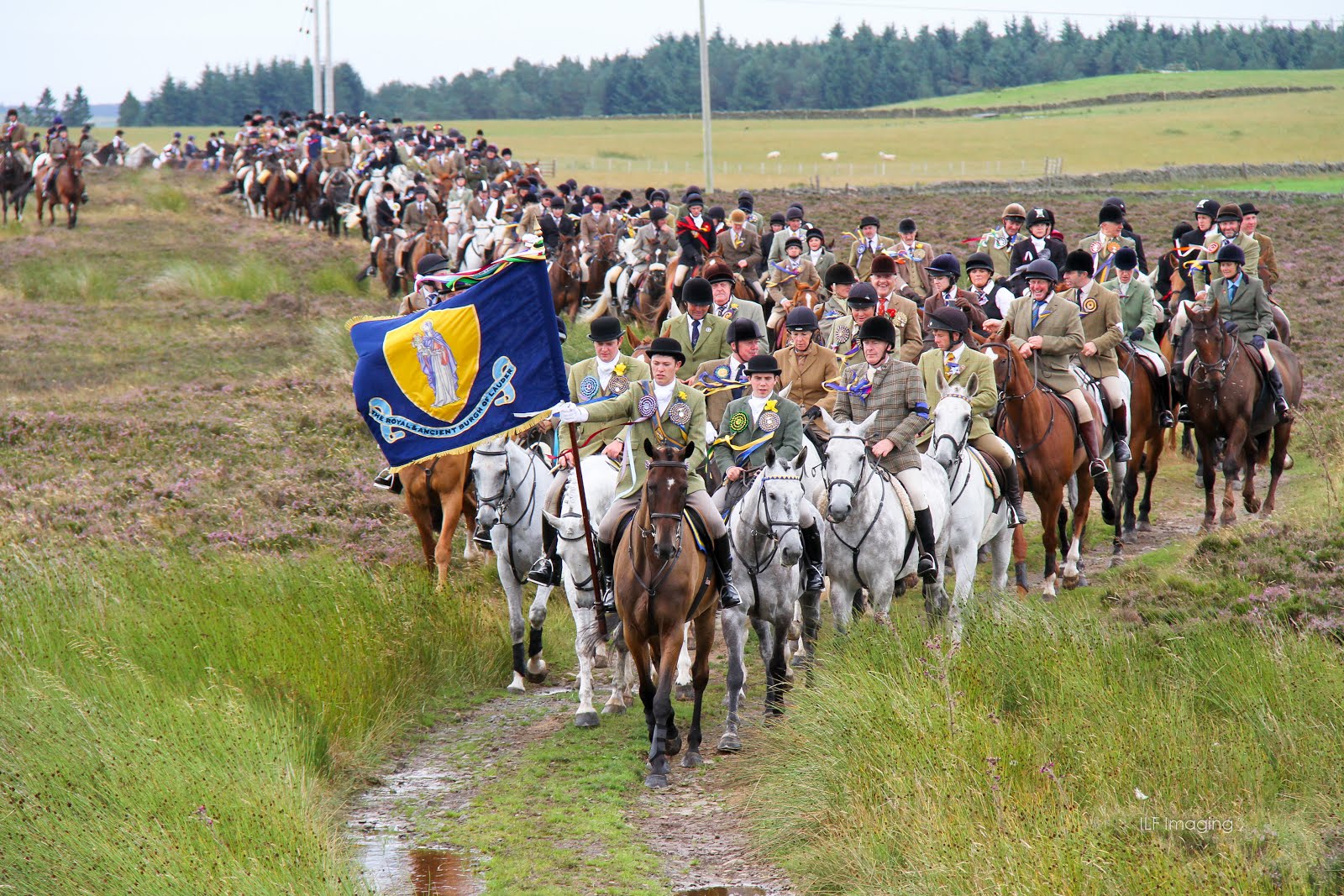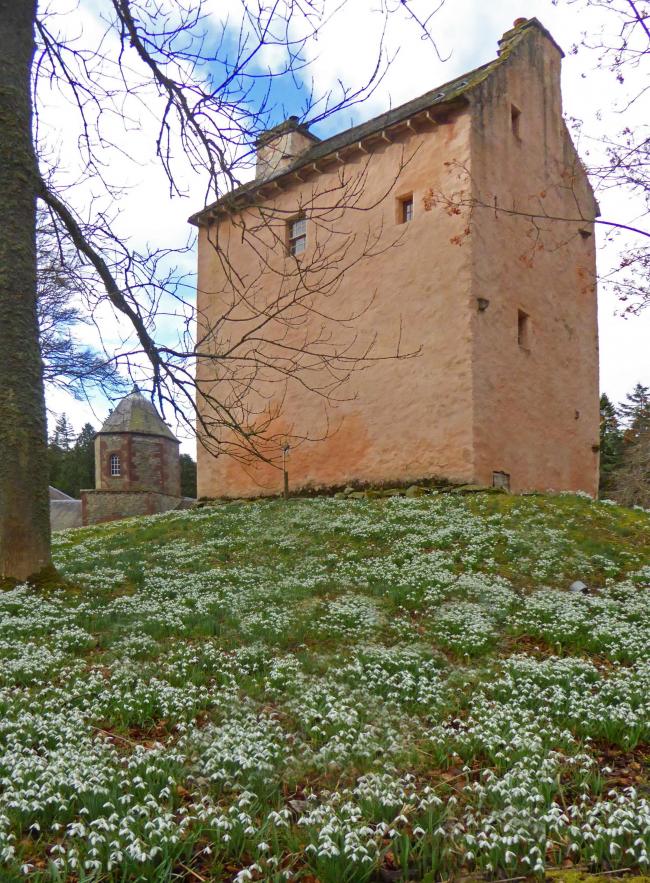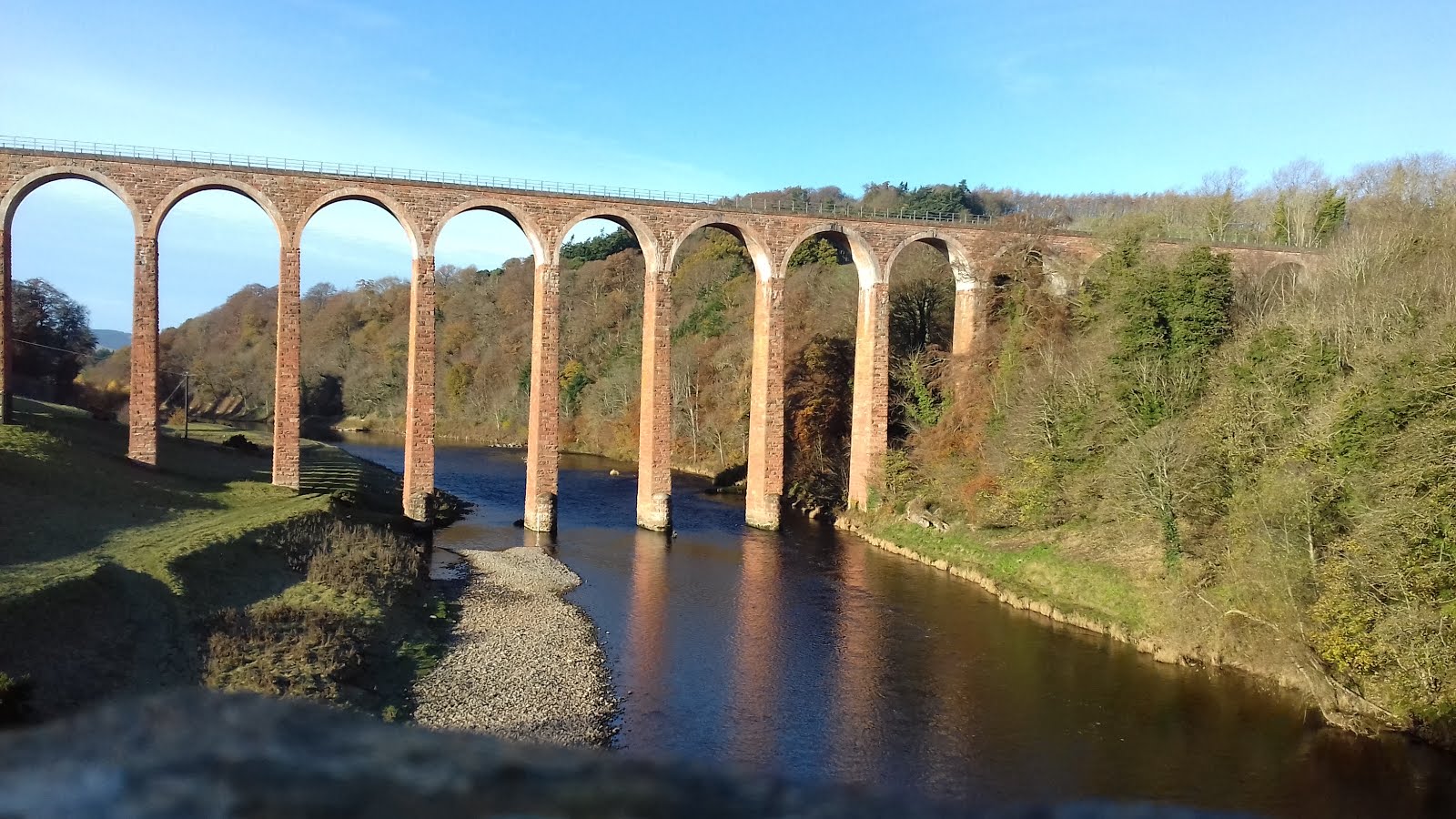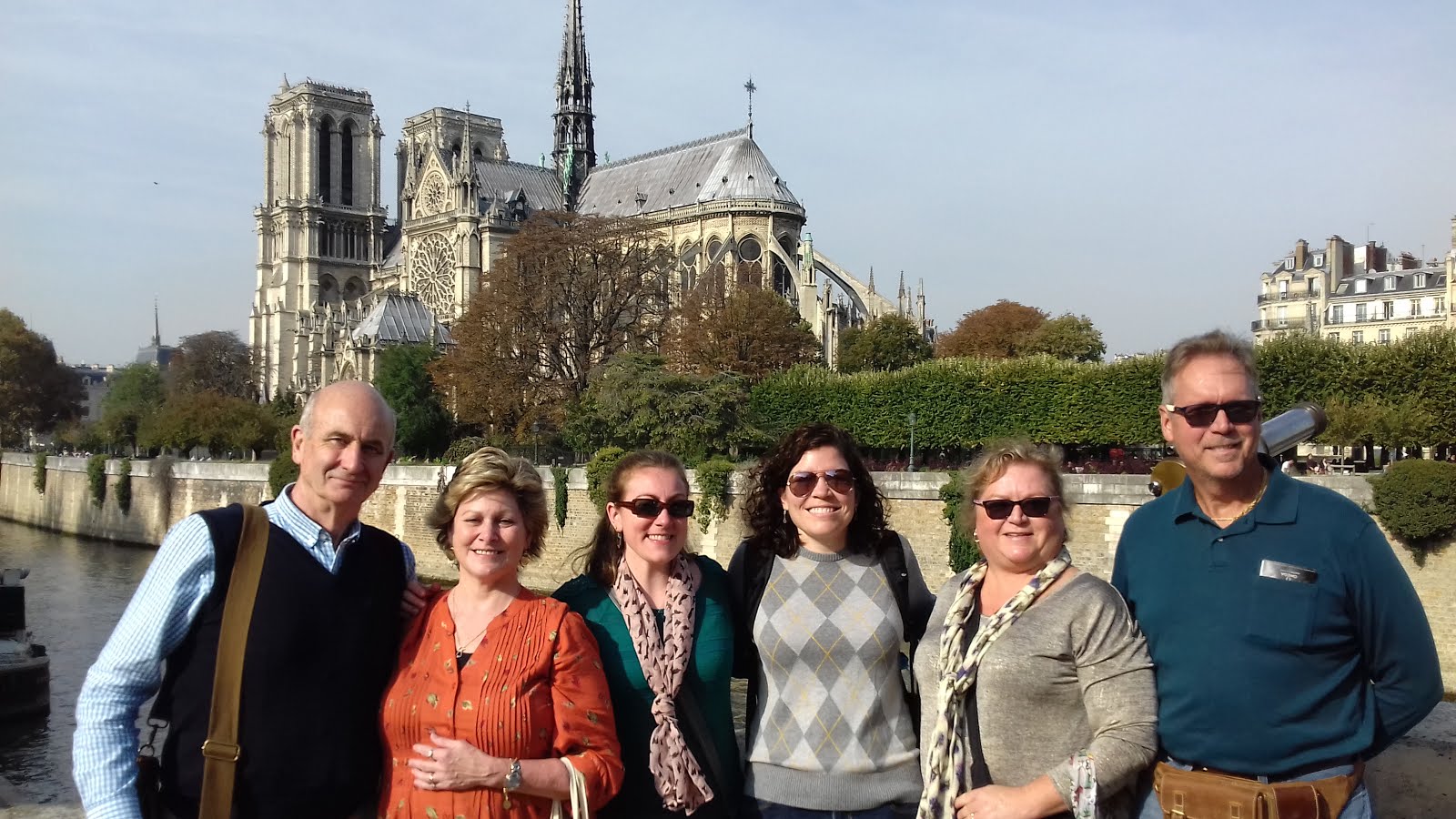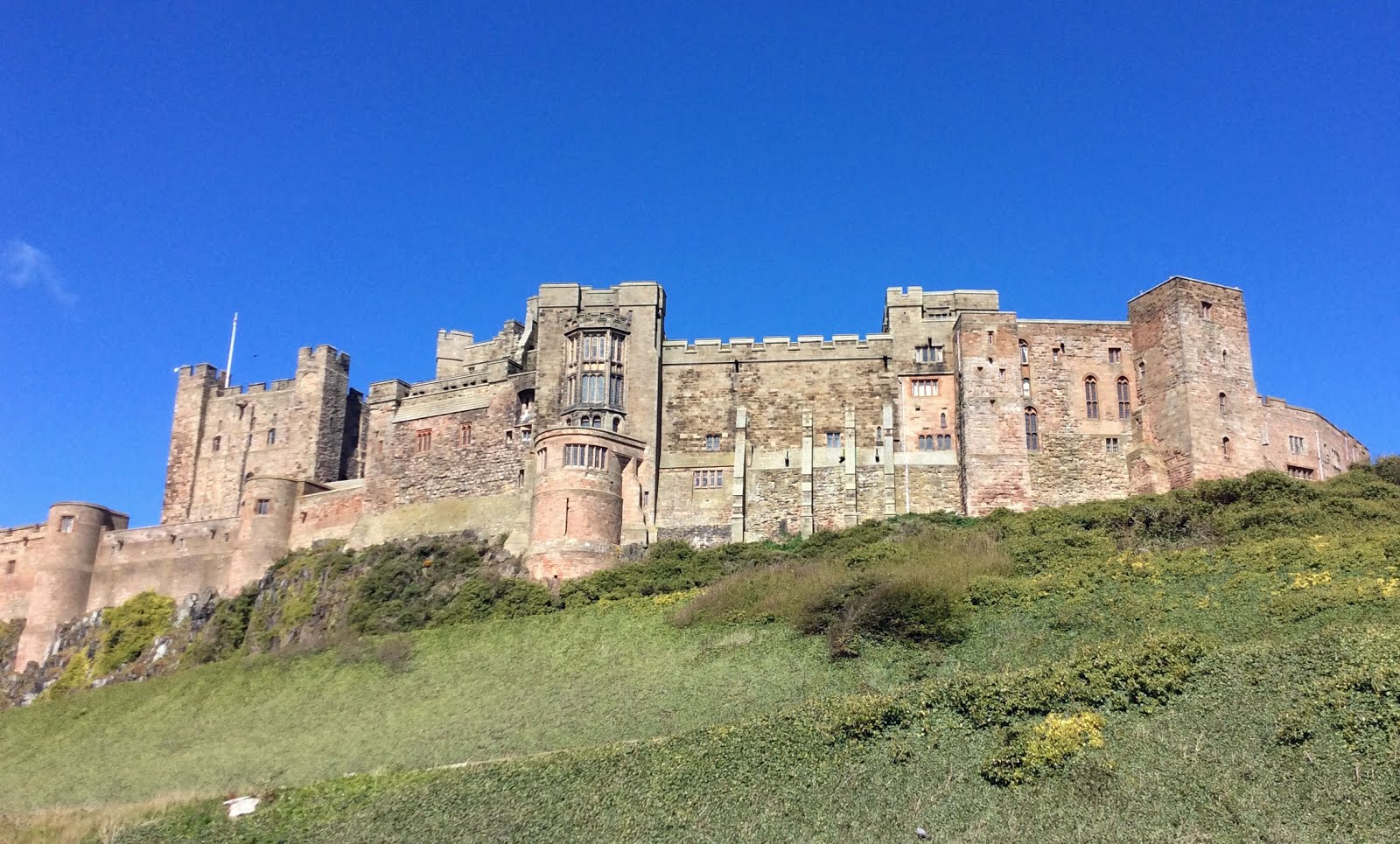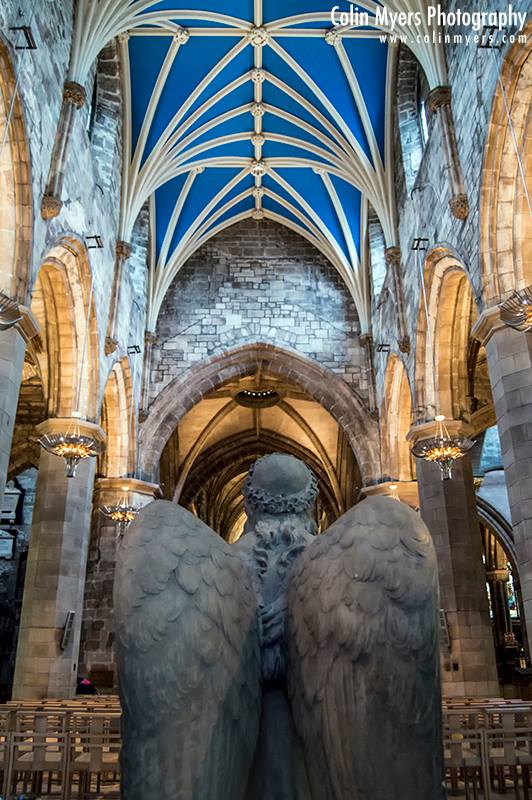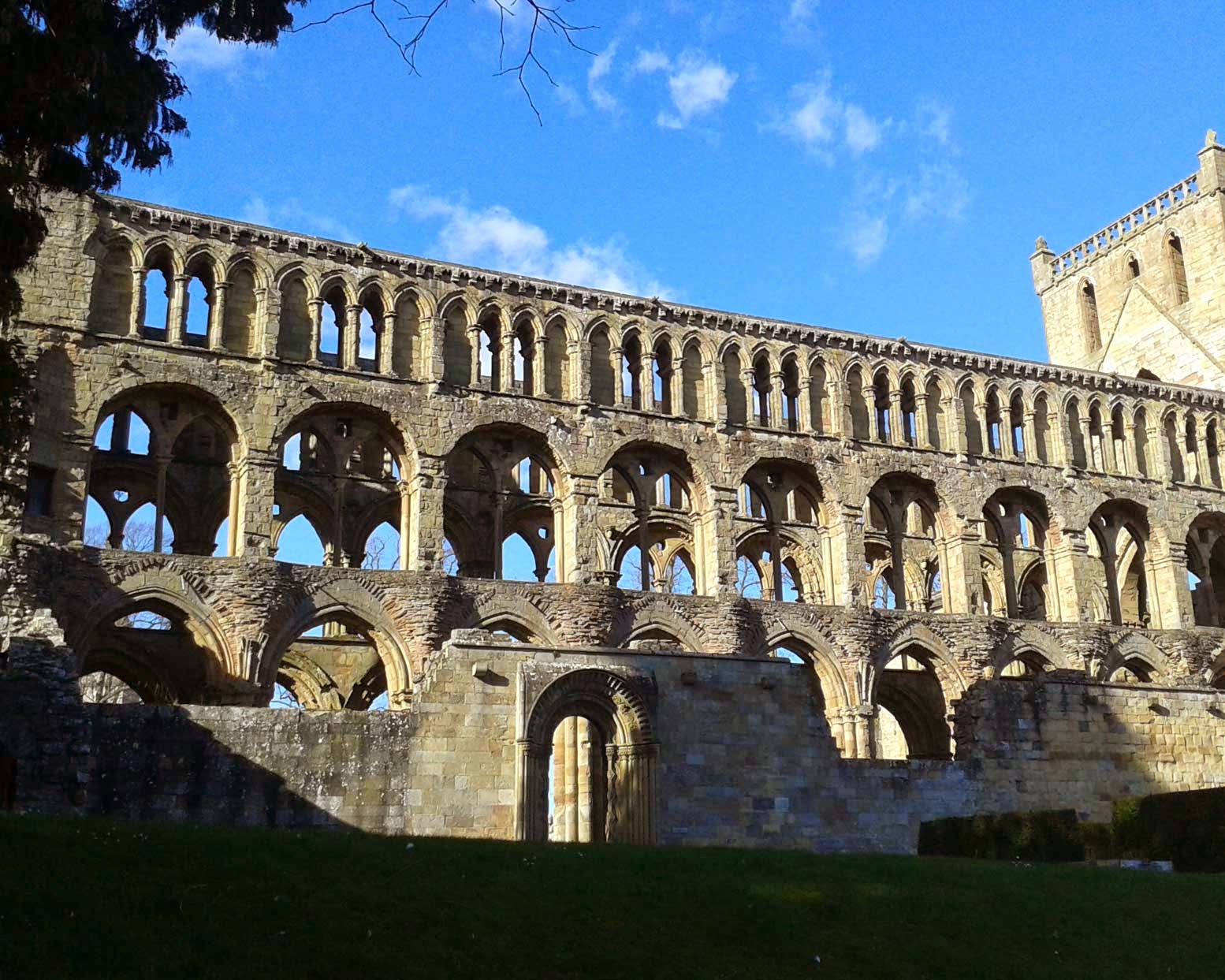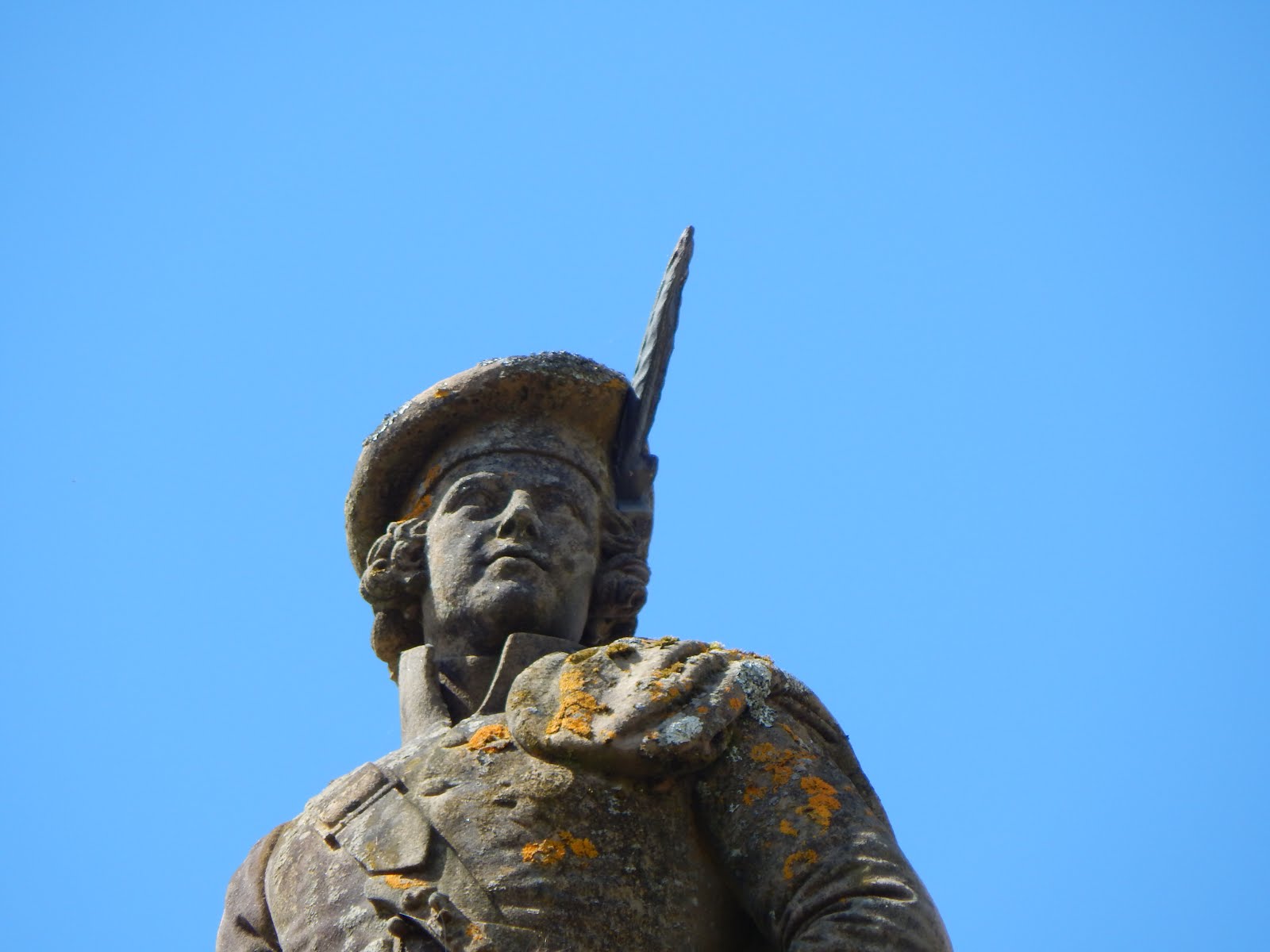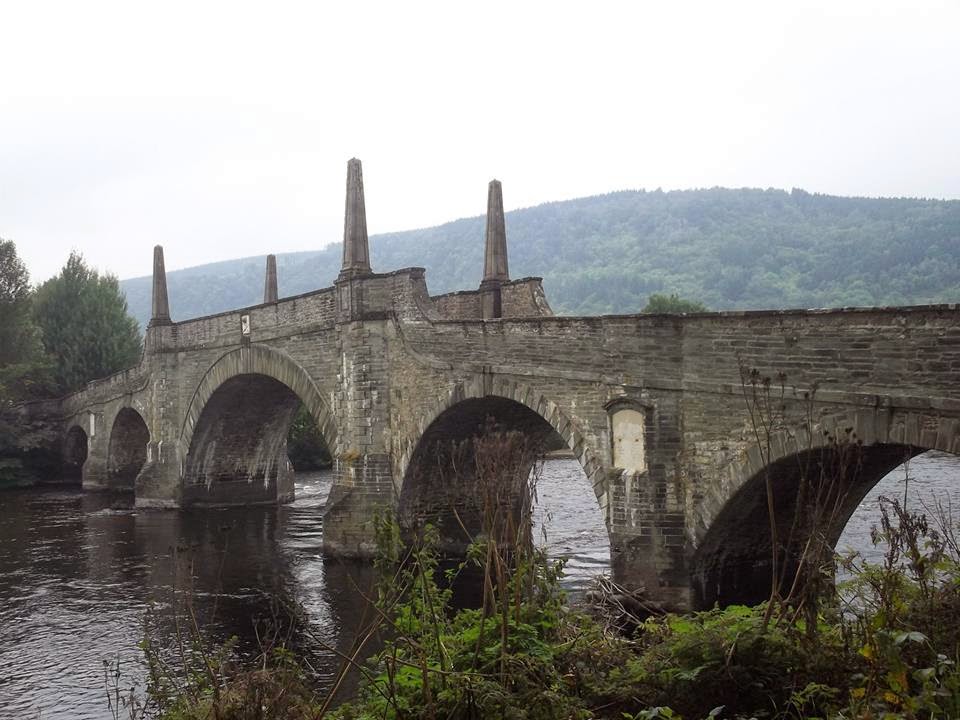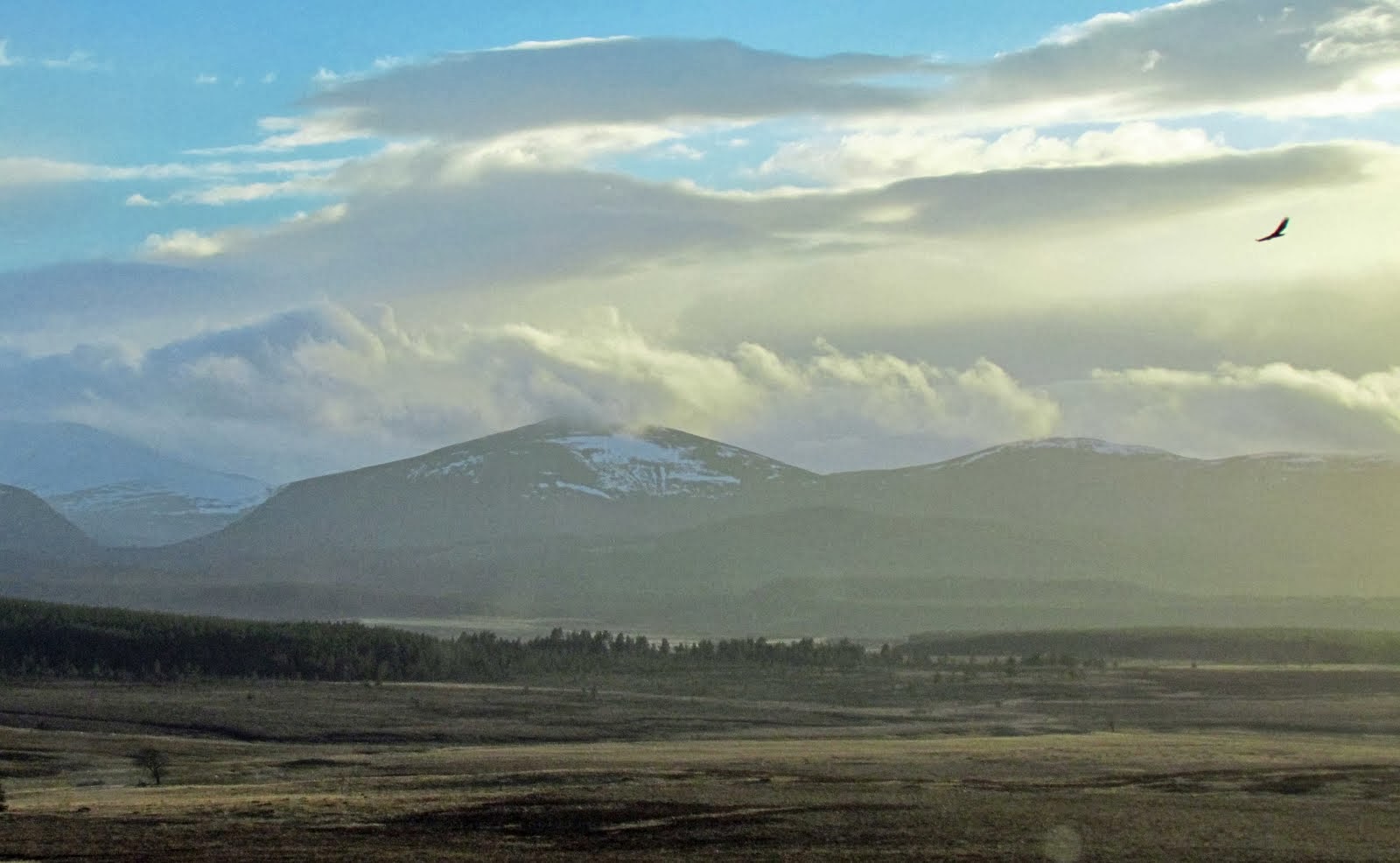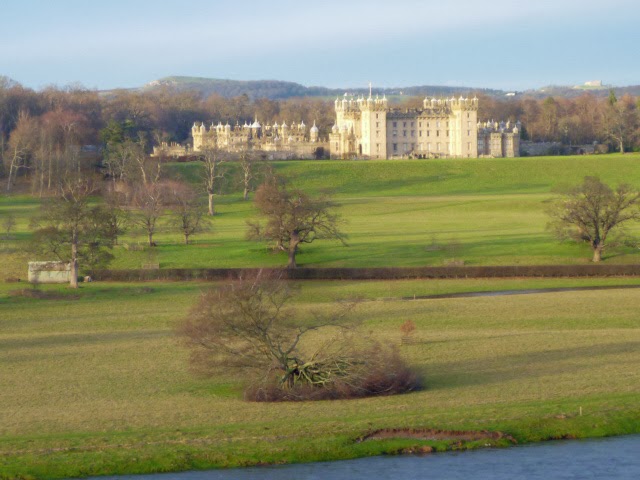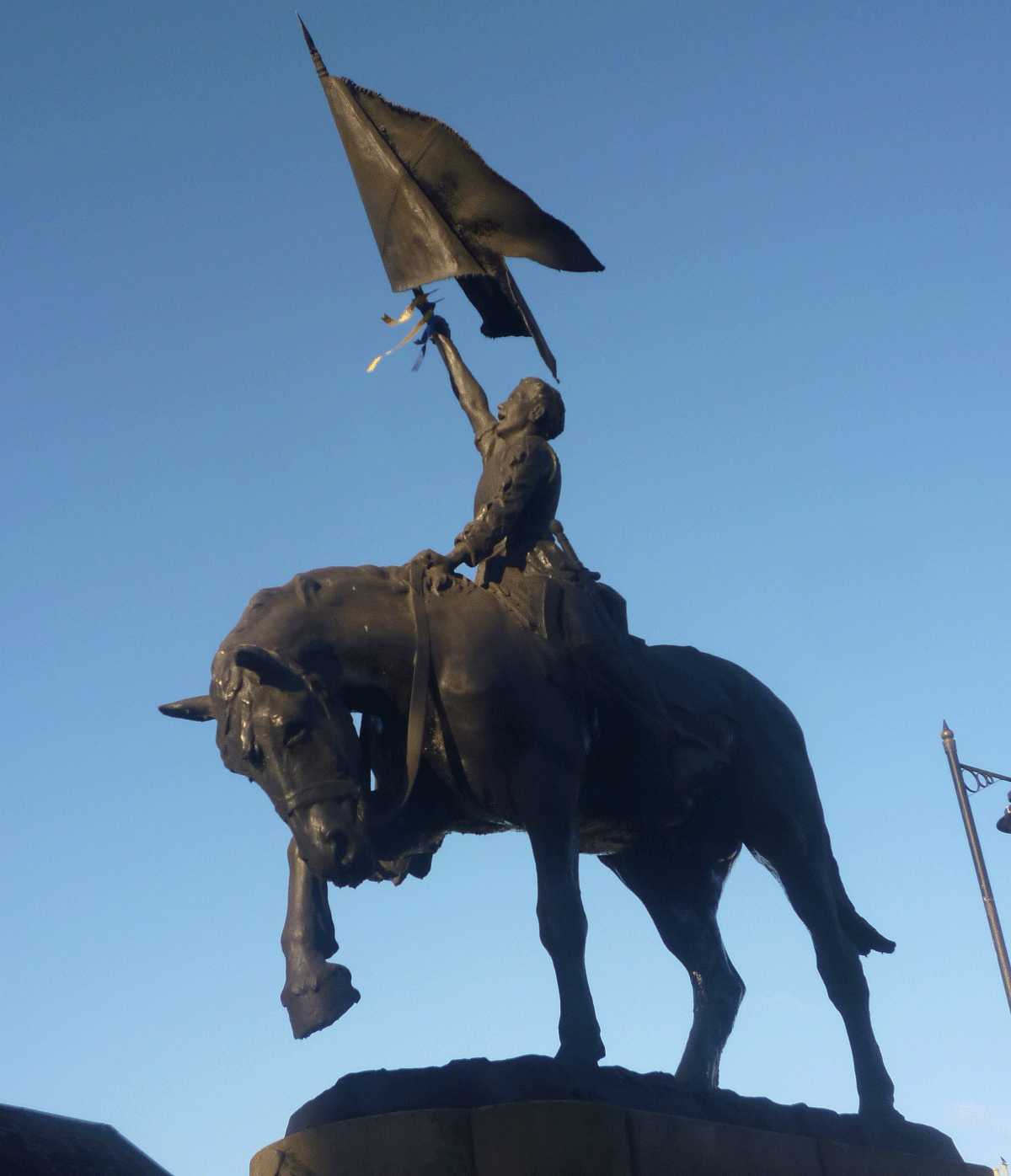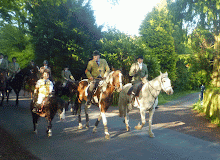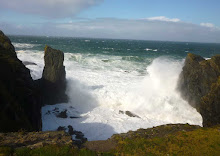 Fans of the Diana Gabaldon novels will remember that in Chapter 112 of 'A Breath of Snow and Ashes', her hero Jamie finds that he is spurred on to join the revolutionaries by his own stirring rendering of the well known lines from Arbroath, '... for, as long as but a hundred of us remain alive, never will we on any conditions be brought under English rule.'
Fans of the Diana Gabaldon novels will remember that in Chapter 112 of 'A Breath of Snow and Ashes', her hero Jamie finds that he is spurred on to join the revolutionaries by his own stirring rendering of the well known lines from Arbroath, '... for, as long as but a hundred of us remain alive, never will we on any conditions be brought under English rule.'Aye, and there's a good few that still get carried away with their anti-English rhetoric! Just the other day our First Minister, Alex Salmond, was telling his Scottish National Party conference that, 'we can make Westminster (UK Parliament) dance to a Scottish jig'. But the English are not particularly good dancers, let alone to Scottish music. Soon, I believe, it may be the English people who will be drawing up a Declaration of Independence. And this would be just as biased in favour of the larger nation as was the 1707 Act of Union!




